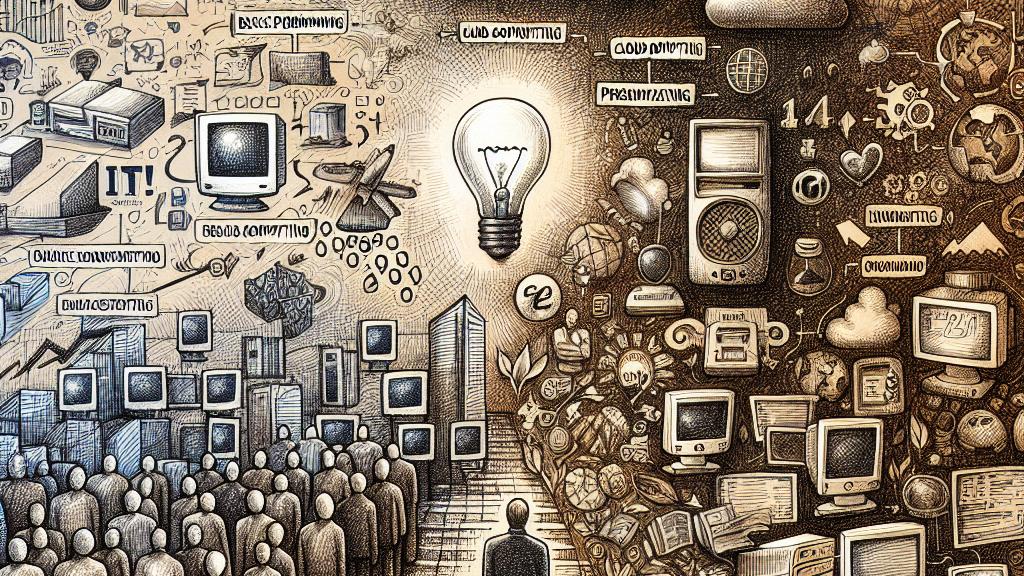Is the IT Revolution Over? Navigating the Dull Era of Technology
Overview
- The IT industry has shifted into a maturity phase, marking a departure from the rapid innovation that once characterized the field.
- Emerging technologies like VR and blockchain have struggled to make a significant impact, reflecting a broader stagnation.
- Current efforts focus more on enhancing traditional industries through digital transformation rather than introducing groundbreaking tech.

The Maturity Phase of IT: A Global Perspective
The IT industry is currently experiencing a pivotal maturity phase, as seen prominently in Japan, where the excitement surrounding rapid innovations has significantly waned. This trend is echoed globally, where advancements that once thrilled users—such as personal computers, mobile devices, and internet services—solidified into everyday staples, leaving little room for groundbreaking discoveries. Historically, from the introduction of BASIC programming in the 1980s to the rise of cloud computing in the 2000s, the industry thrived on novelty and rapid evolution. However, with most technologies reaching a level of saturation, many feel a sense of boredom resulting from the predictability in the availability of new tools and software. This environment calls for a renewed focus on fostering creativity and finding innovative solutions to re-ignite passion within the tech landscape.
Challenges in Engaging Users with New Technologies
Despite the promise of advanced technologies such as virtual reality (VR), blockchain, and 5G, many have failed to capture the imagination of users beyond niche applications. Take, for example, ChatGPT: Although it achieved rapid success, gaining over 100 million users in just two months, its transformative potential in everyday applications remains limited. This phenomenon reinforces a growing concern—without substantial new hardware innovations to stimulate fresh software development, the IT industry faces stagnation. The key challenge ahead lies in crafting technologies that resonate more profoundly with users, inspiring engagement, and fostering a sense of utility in their everyday lives. To stimulate growth, tech developers and companies must prioritize not only the creation of sophisticated tools but also their effective integration into meaningful user experiences.
The Rise of Digital Transformation in Established Industries
Amid the broader stagnation of innovation, a notable trend emerges: technology is increasingly wielded to enhance existing traditional industries through strategic digital transformation (DX) initiatives. This approach focuses on optimizing and modernizing established sectors, such as healthcare, finance, and retail, enabling these fields to leverage technological advancements for improved efficiency and functionality. For instance, integrating machine learning and analytics into supply chain management enhances logistics operations, proving how IT can substantially uplift traditional practices. Rather than endlessly pursuing the next big tech revolution, IT professionals are now tasked with finding value in refining processes and improving existing services. This cultural shift emphasizes the necessity for technology to serve its purpose as an enabler of progress, ensuring industries remain competitive and responsive to modern challenges.

Loading...